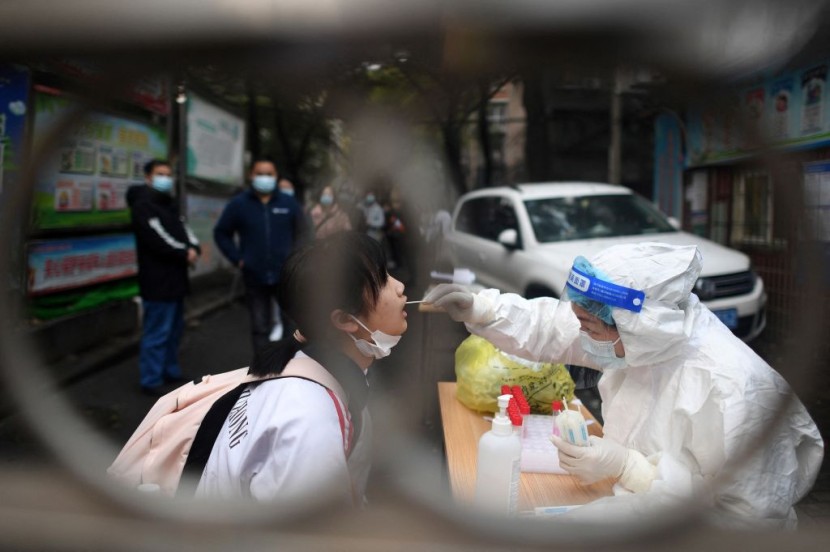
Two new studies have identified an animal market in Wuhan, China being the true epicenter of the COVID-19 pandemic.
The findings, published in Science journal on Tuesday, claimed to have changed the course of the argument over the virus' origins-specifically, whether the illness originated in animals and spread naturally to people or whether it was the result of a lab mishap.
The first study looked at the geographic distribution of COVID-19 cases in the first month of the epidemic, December 2019, and found that the Huanan Seafood Wholesale Market in Wuhan was the area with the highest concentration of early cases, per CNA.
The second concluded that it was improbable that the coronavirus had spread significantly among humans before November 2019 after examining genetic data from the virus' initial cases to analyze its early evolution.
Both were formerly available as "preprints," but they are now peer-reviewed and published in a respected scientific publication.
Lab Leak Unleashed COVID-19, Possible
In an earlier letter, University of Arizona researcher Michael Worobey, who co-authored both articles, urged the scientific community to be more receptive to the possibility that the virus originated from a lab leak.
Worobey stated in an interview with journalists that the findings made him "also think it's just not plausible that this virus was introduced any other way than through the wildlife trade at the Wuhan market."
Even though the live animal market had been the subject of prior studies, more evidence was required before researchers could conclude that it was the actual COVID-19 Origin and not just an amplifier.
Read Also : China Confirms Stern Warning on Pelosi's Possible Taiwan Visit; House Speaker's Plane Might Get 'Shot Down'
Localized research within Wuhan was essential to strengthen the case that the virus was "zoonotic," or that it was transmitted from animals to humans.
"The raw ingredients for a zoonotic virus with pandemic potential are still lurking in the wild, according to Joel Wertheim, a viral evolution specialist at the University of California, San Diego, and co-author of the study. "
He believes the world needs to do a far better job in monitoring animals and other possible hazards to human health.
In one study, Worobey and his colleagues estimated the locations of more than 150 of the earliest recorded COVID-19 cases from December 2019 using mapping technologies. The study included data gathered by Chinese researchers.
Research Findings Hope To Help Prevent Future Pandemics
Using information from a social media app that had established a pathway for patients with COVID-19 to receive assistance, they also mapped cases from January and February 2020.
Professor Worobey explained to members of the media: "Of all the locations that the early cases could have lived, where did they live? It turned out when we were able to look at this, there was this extraordinary pattern where the highest density of cases was both extremely near to and very centered on this market."
He added that the findings "crucially" applies both to all cases in December as well as to "cases with no known link to the market ... And this is an indication that the virus started spreading in people who worked at the market but then started to spread into the local community," as per a report from ABC.
To reduce the chances of future pandemics, the researchers hope they can determine exactly what animal may have first become infected and how.
Study co-author Kristian Andersen of The Scripps Research Institute remarked that though outbreaks cannot be prevented, there is a need for the world's scientists to work together to distinguish a disease with minimal impact from one that can result in millions of fatalities, per CNN.
© 2025 HNGN, All rights reserved. Do not reproduce without permission.








